Jhansi Ki Rani Lakshmibai Biography
Jhansi Ki Rani Lakshmibai Biography
Jhansi Ki Rani Lakshmibai BiographyLakshmibai, The Rani Queen of Jhansi 19 November 1835 – 17 June 1858 known as Jhansi Ki Rani, was the queen of the Maratha-ruled princely state of Jhansi, was one of the leading figures of the Indian Rebellion of 1857, and a symbol of resistance to British rule in India. She has gone down in Indian history as a legendary figure, as India's "Joan of Arc. she was called by the name Manikarnika. Affectionately, her family members called her Manu. At a tender age of four, she lost her mother. As a result, the responsibility of raising her fell upon her father. While pursuing studies, she also took formal training in martial arts, which included horse riding, shooting and fencing. To know the complete life history of Rani Laxmibai of Jhansi, read on
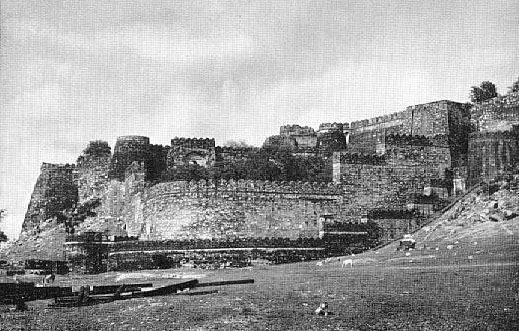 | Originally named Manikarnika at birth nicknamed Manu , she was born on 19 November 1835 at Kashi Varanasi to a Maharashtrian Karhade Brahmin family from Dwadashi, District Satara. She lost her mother at the age of four. She was educated at home. Her father Moropant Tambey worked at the court of Peshwa Baji Rao II at Bithur and then travelled to the court of Raja Gangadhar Rao Newalkar, the Maharaja of Jhansi, when Manu was thirteen years old. She was married to Gangadhar Rao, the Raja of Jhansi, at the age of 14.During that period, Lord Dalhousie was the Governor General of British India. The adopted child was named Damodar Rao. As per the Hindu tradition, he was their legal heir. However, the British rulers refused to accept him as the legal heir. As per the Doctrine of Lapse, Lord Dalhousie decided to seize the state of Jhansi. Rani Lakshmibai went to a British lawyer and consulted him. Thereafter, she filed an appeal for the hearing of her case in London. But, her plea was rejected. The British authorities confiscated the state jewels. Also, an order was passed asking the Rani to leave Jhansi fort and move to the Rani Mahal in Jhansi. Laxmibai was firm about protecting the state of Jhansi |
| After her marriage, she was given the name Lakshmi Bai. Because of her father's influence at court, Rani Lakshmi Bai had more independence than most women, who were normally restricted to the zenana: she studied self defense, horsemanship, archery, and even formed her own army out of her female friends at court.Rani Lakshmi Bai gave birth to a son in 1851, however this child died when he was about four months old. After the death of their son, the Raja and Rani of Jhansi adopted Damodar Rao. However, it is said that her husband the Raja never recovered from his son's death, and he died on 21 November 1853 of a broken heart.Because Damodar Rao was adopted and not biologically related to the Raja, the East India Company, under Governor-General Lord Dalhousie, was able to install the Doctrine of Lapse, rejecting Rao's rightful claim to the throne. Dalhousie then annexed Jhansi, saying that the throne had become "lapsed" and thus put Jhansi under his "protection". In March 1854, the Rani was given a pension of 60,000 rupees and ordered to leave the palace at the Jhansi fort. | 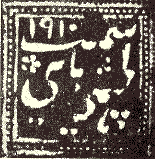 |
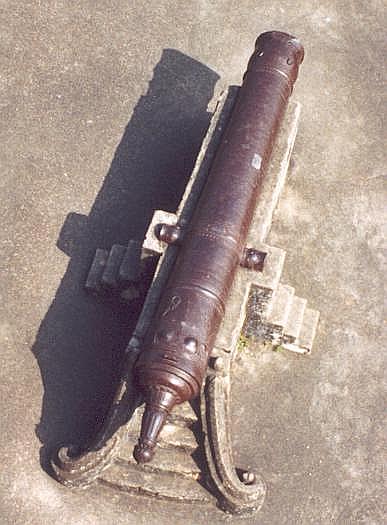 | 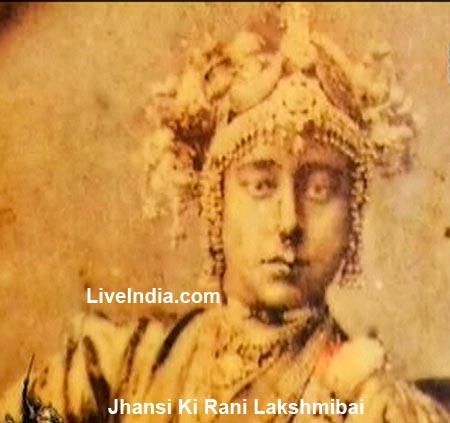 |
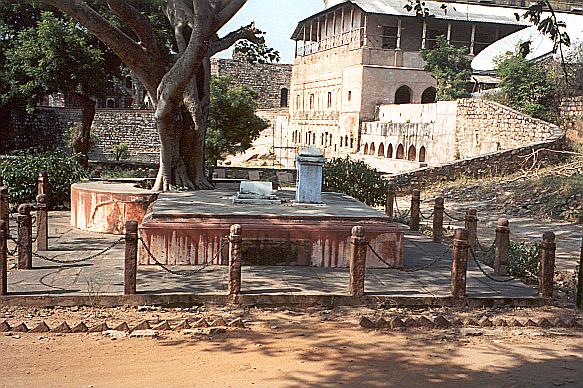
(The memorial to Gulam Gaus Khan, Moti Bai and Khudabaks. The three are remembered together as a symbol of unity. The Panch Mahal is in the right background along with a satellite dish)
Meanwhile, unrest began to spread throughout India and in May of 1857, the First War of Indian Independence erupted in numerous pockets across the northern subcontinent. During this chaotic time, the British were forced to focus their attentions elsewhere, and Lakshmi Bai was essentially left to rule Jhansi alone. During this time, her qualities were repeatedly demonstrated as she was able swiftly and efficiently to lead her troops against skirmishes breaking out in Jhansi. Through this leadership Lakshmi Bai was able to keep Jhansi relatively calm and peaceful in the midst of the Empire’s unrest.
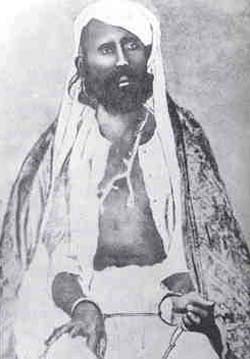 Tantia Tope as a Prisoner Tantya Tope more....... | 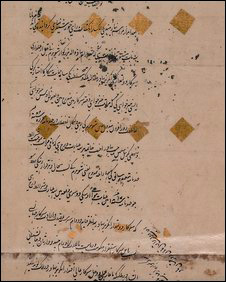 The letter is one of the few remaining artefacts from the Rani of Jhansi's life | The letter was written by Lakshmibai, Rani of Jhansi, shortly before the Indian mutiny - or first war of independence - in 1857. It has been found in London in the archives of the British Library. The Rani of Jhansi has often been called the "Joan of Arc" of the Indian independence struggle. Academics say the discovery of the letter is hugely significant, because so little historical evidence from the Rani of Jhansi's lifetime exists. |
Along with the young Damodar Rao, the Rani decamped to Kalpi along with her forces where she joined other rebel forces, including those of Tatya Tope. The Rani and Tatya Tope moved on to Gwalior, where the combined rebel forces defeated the army of the Maharaja of Gwalior after his armies deserted to the rebel forces. They then occupied the strategic fort at Gwalior. However on the second day of fighting, on 18 June 1858, the Rani died.

(The so-called Jumping Point. The Rani is claimed to have jumped her horse from this point on the wall to the ground below and so make her escape. The figures in red and blue give an idea of the scale. This plus the rough and sloping ground below must surely mean that any horse would have been killed, not to mention the rider. The Rani was a good rider, but physics is physics. It is somewhat more likely that she left by the gate.)
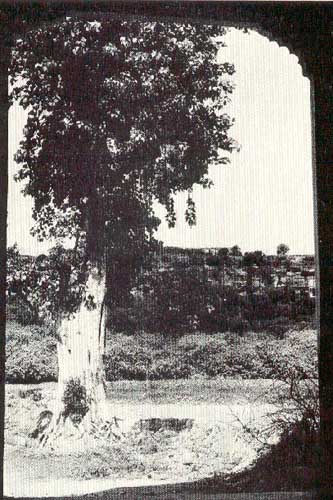 | However, the lack of a corpse to be convincingly identified as the Rani convinced Captain Rheese of the so called "bravest" regiment that she had not actually perished in the battle for Gwalior, stating publicly that:"[the] Queen of Jhansi is alive!". It is believed her funeral was arranged on same day near the spot where she was wounded. One of the her maidservants helped with the arrangement of quick funeral.Because of her bravery, courage, and wisdom, and her progressive views on women's empowerment in 19th century India, and due to her sacrifices, she became an icon of Indian independence movement. The Rani was memorialized in bronze statues at both Jhansi and Gwalior, both of which portray her on horseback.Her father, Moropant Tambey, was captured and hanged a few days after the fall of Jhansi. Her adopted son, Damodar Rao, was given a pension by the British Raj and cared for, although he never received his inheritance.Rani Lakshmi Bai became a national heroine and was seen as the epitome of female bravery in India. When the Indian National Army created its first female unit, it was named after her.Indian poetess Subhadra Kumari Chauhan wrote a poem in the Veer Ras style about her, which is still recited by children in schools of contemporary India.In a prophetic statement in the 1878 book The History of the Indian Mutiny, Colonel Malleson said "...her countrymen will always believe that she was driven by ill-treatment into rebellion; that her cause was a righteous cause; ..... To them she will always be a heroine Cremation Place of Rani Lakshmi Bai |
